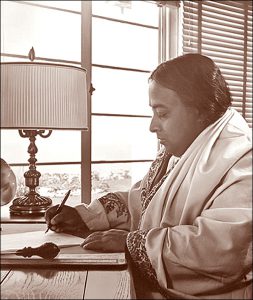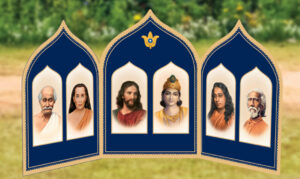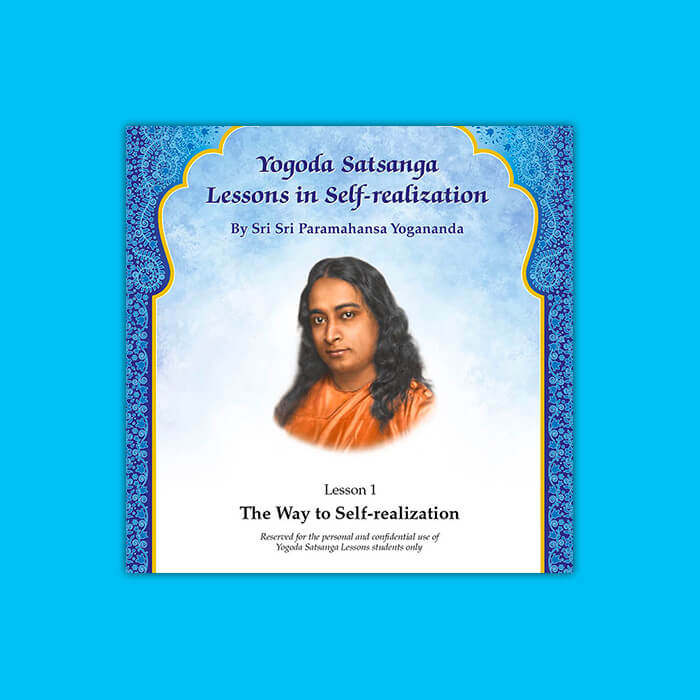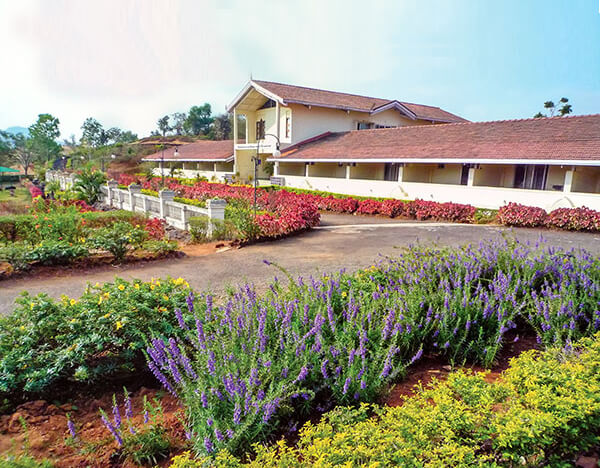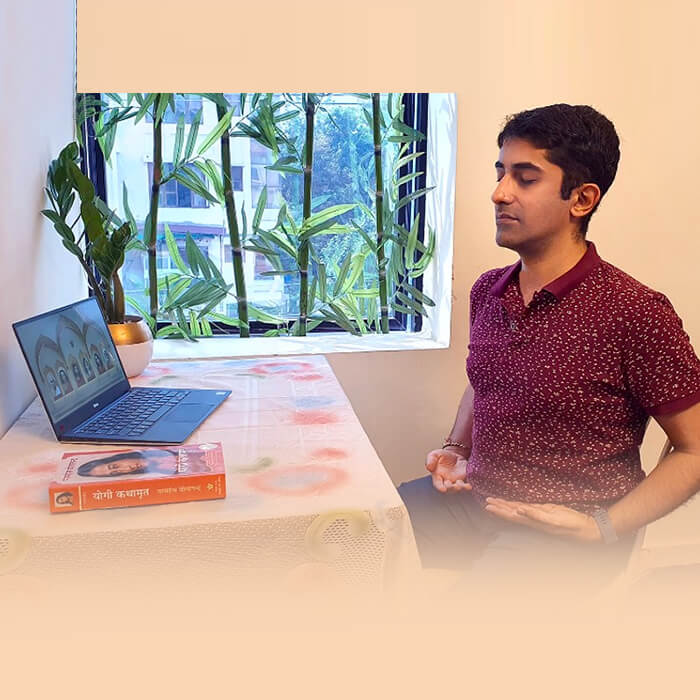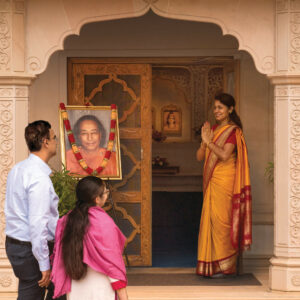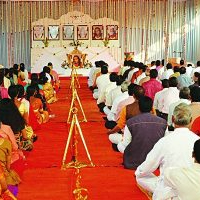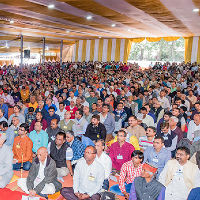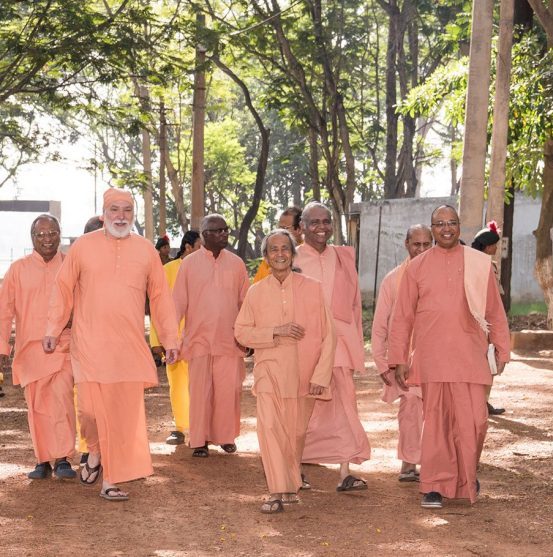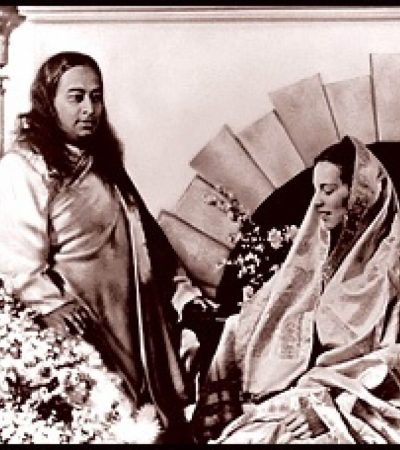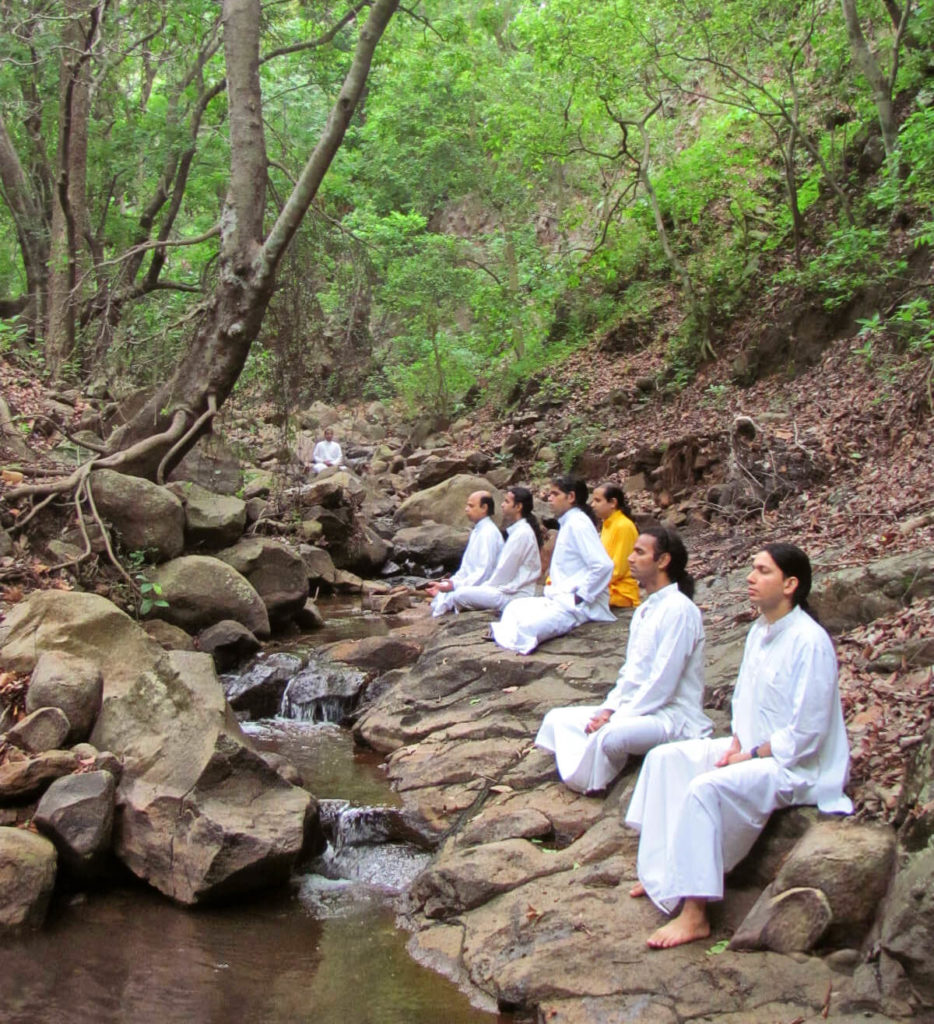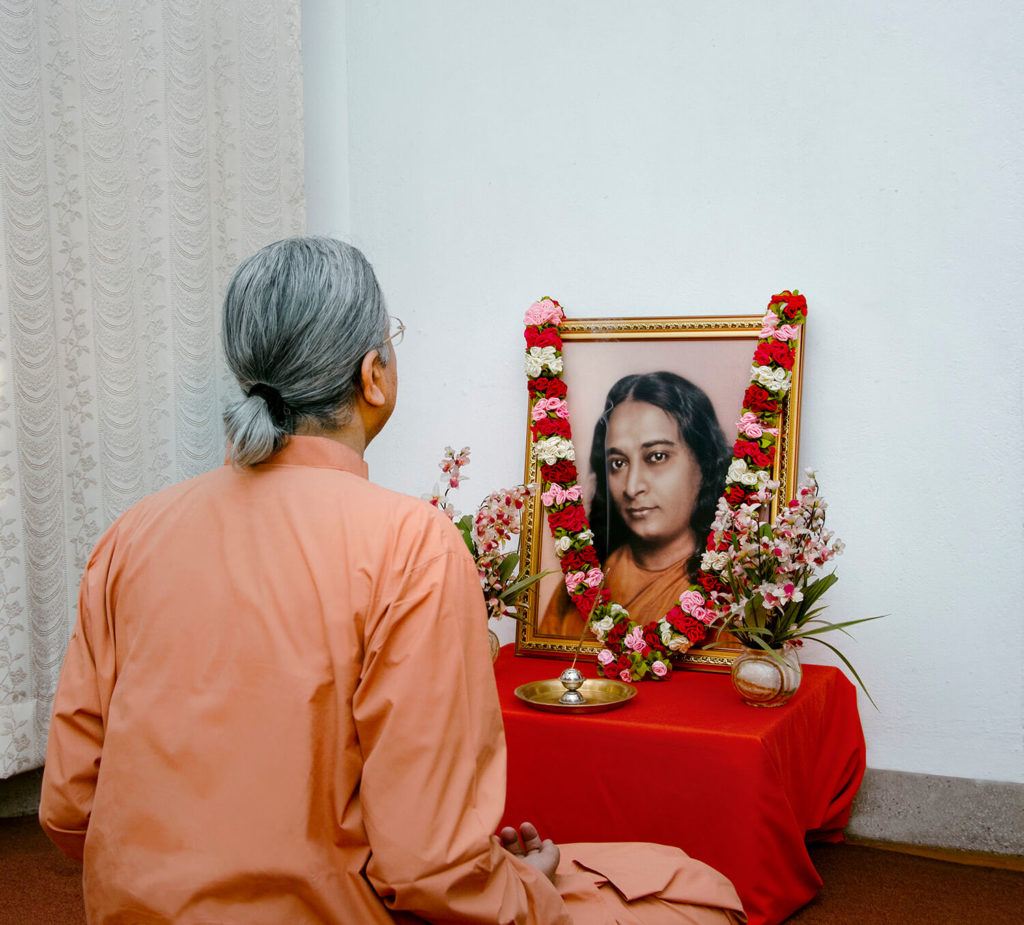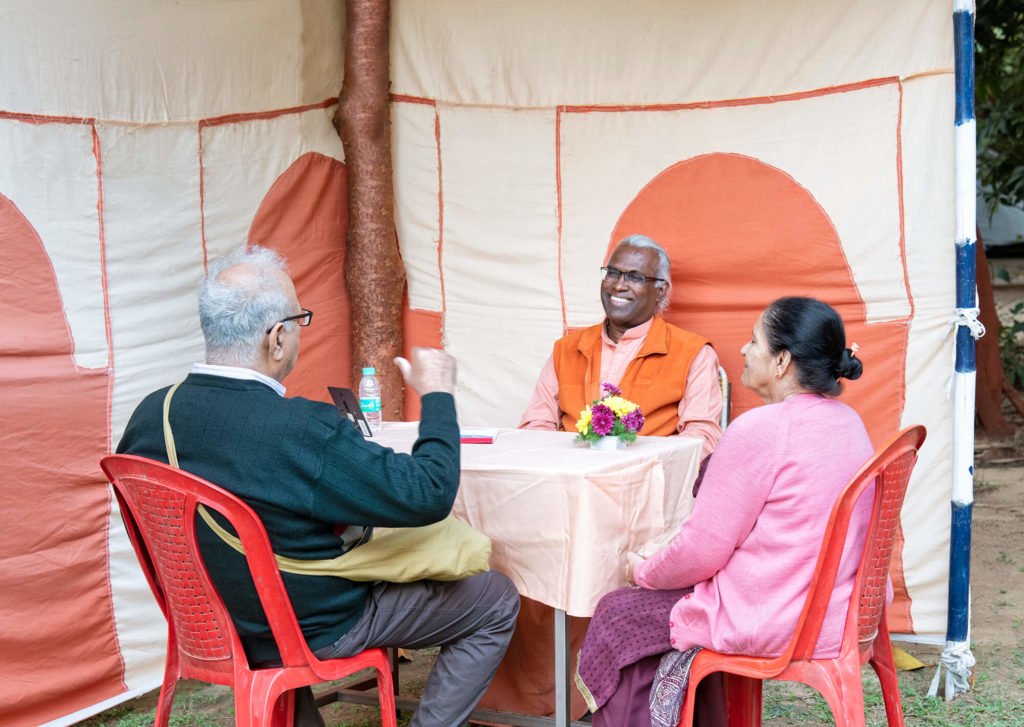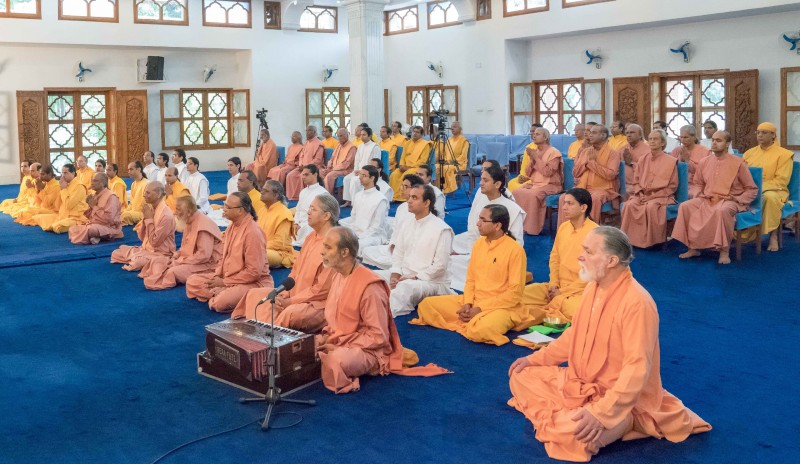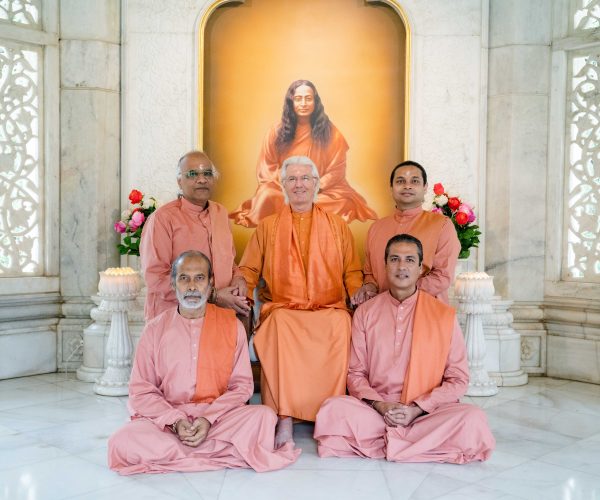Paramahansa Yogananda established the first SRF/YSS monastic community in the early 1930s with the arrival of Sri Daya Mata (1914–2010) and other dedicated disciples who wished to renounce worldly life and give their lives completely to God. After Paramahansaji’s passing in 1952, the monastic communities at SRF and YSS continued to grow under the leadership of the disciples who succeeded him as president and spiritual head of his society.
Sri Daya Mata played a key role during her long tenure, taking a very active interest in developing the renunciant training programme at the YSS/SRF ashram facilities in India, USA, and Europe. She was assisted in these efforts for many decades by Sri Mrinalini Mata (1931–2017), who served as vice president of SRF and succeeded Sri Daya Mata as president of YSS and SRF in 2011. In 2017 Sri Swami Chidananda Giri was named president and assumed the responsibility of guiding the monastic communities of YSS/SRF. These communities continue to thrive today, filled with hundreds of monastics who have felt called to devote their lives to seeking God and serving humanity.
 The 2024 YSS Wall calendar has a picture depicting the Divine Mother as Prakriti, Cosmic Mother Nature and Her Universal Work of Creation.
The 2024 YSS Wall calendar has a picture depicting the Divine Mother as Prakriti, Cosmic Mother Nature and Her Universal Work of Creation.



